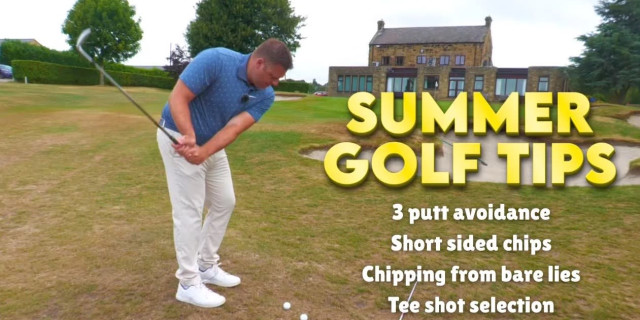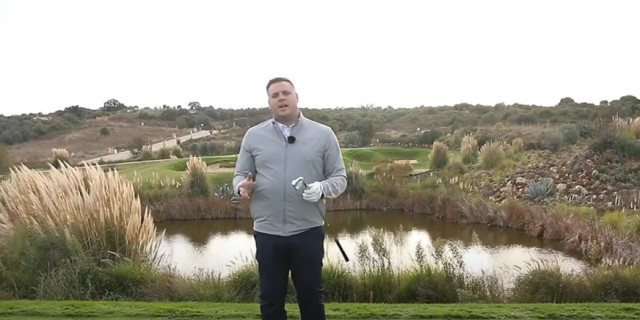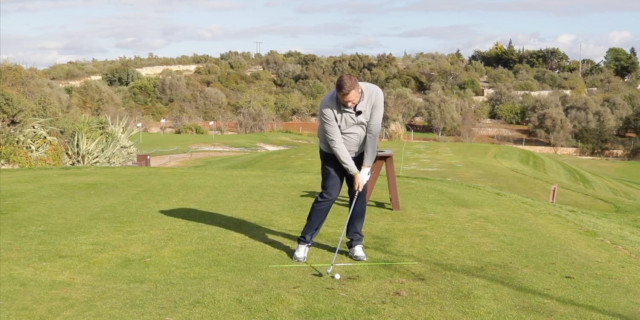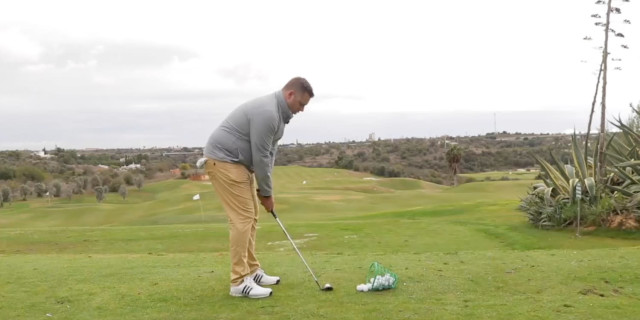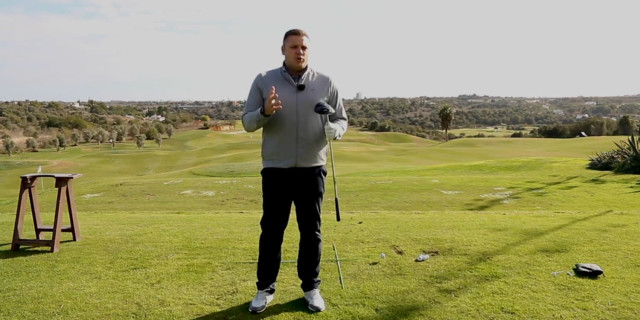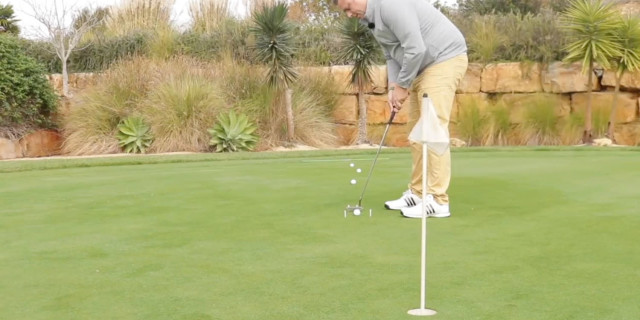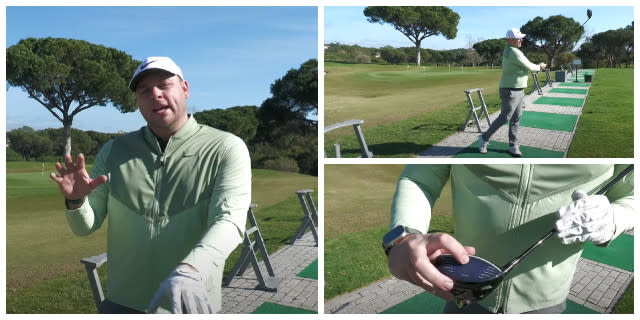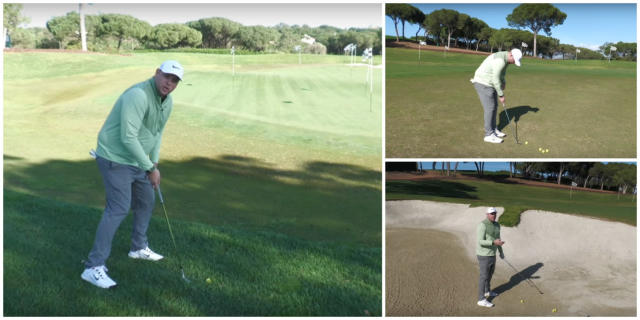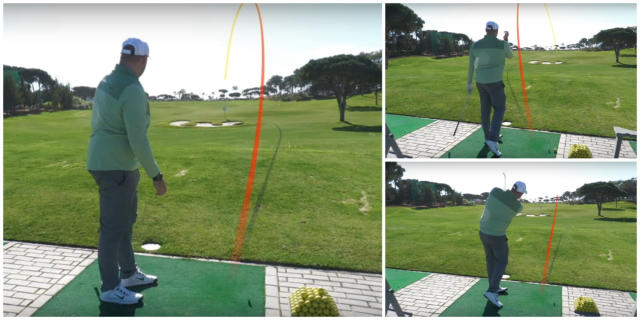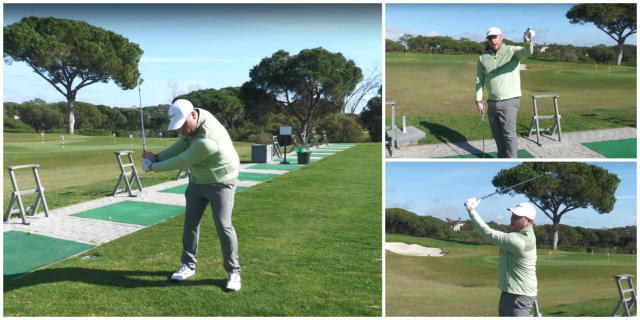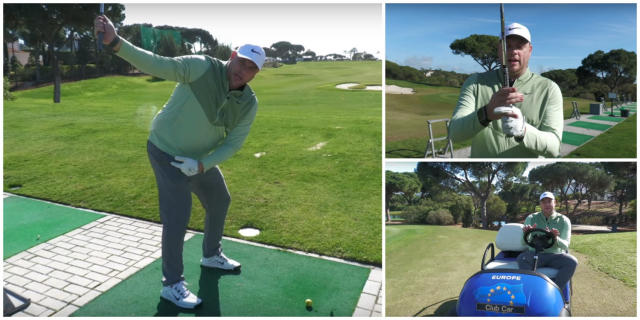Bounce - Explained
Jargon Buster – Bounce
Whether buying a new club, particularly a wedge or going for a lesson often the term bounce comes up. So what exactly is this in golf terms?
Bounce when talked about in golf refers to the difference of angle in degrees from the bottom of the sole to the leading edge. It is most commonly referred to when talking about wedges, although all golf clubs have some bounce. The bounce on a wedge or sand wedge will vary from a minimum of 4* to a maximum of 18*.
So how does it work and why is it important?
Bounce does pretty much what it says on the tin, it helps the club bottom out on the sole and as a result bounce off the surface whether that is sand in a bunker, thick rough or a firm fairway. Different levels of bounce will help more in particular circumstances such as:
Example 1. Bunker with lots of sand.
You are in a bunker with fine, but deep sand. If you come in too steep the club will disappear well below the ball and you will fluff the shot and maybe leave it in the bunker. So a club with a large amount of bounce, say a Sand wedge with 12*of bounce will be particularly helpful as it will bottom out on the sole leaving the leading edge raised and as result will create a shallower splash out the bunker. The extra bounce can be a big help in popping the ball up and out of the bunker.
Example 2. Firm flat pan lie on your local seaside links
You are facing a delicate shot over a bunker from a firm, flat plan lie at your local links course in the middle of summer. It is important that you create a crisp strike hitting down and through the ball with the leading edge. A wedge with too much bounce will do exactly that – bounce. When the club bounces on a hard surface it will leave the leading edge striking the equator of the ball. Much more suited to this shot is a wedge with low bounce, say a Lob wedge with 6* of bounce. This will allow you to strike down through the turf with a sharp leading edge and create the strike needed to lift the ball over the bunker and onto the green.
Example 3. Short bunker shot to a tight pin out of a bunker with not much sand
We all come across a bunker that has little or no sand in it once in a while and a sense of dread comes over us as we wiggle our feet on the firm surface. You may have noticed that more often than not your shot will come out thin and fly over the green from this sort of lie. This is where you can be clever about the use of bounce. Nearly all sand wedges are designed with a high amount of bounce to help us out of bunkers, but in this situation it hinders by literally bouncing on the firm sand leaving the leading edge hitting the equator of the ball.
When you are next faced with this situation try using a lob wedge with little bounce to help dig the club through and under the hard surface and splash the ball out.
So how you can tell what bounce your wedges have? Most manufacturers will write the bounce angle on your wedge or you can look up your club specification online and you should be able to find out what bounce each club has.
As we have discussed it is important to match your wedges to particular situations and the next time you purchase a new set of wedges it is worth taking into account the sort of conditions you play in on a regular basis. If you play at courses that regularly firms up it may be helpful to play with wedges that have a lower bounce whereas the opposite may be true if you play at a course that remains soft for most of the year. Your local Golf professional or specialist custom fitting expert will be able to match the right bounce to your game.
Related articles:
Related Content: top tips custom fitting custom fit

